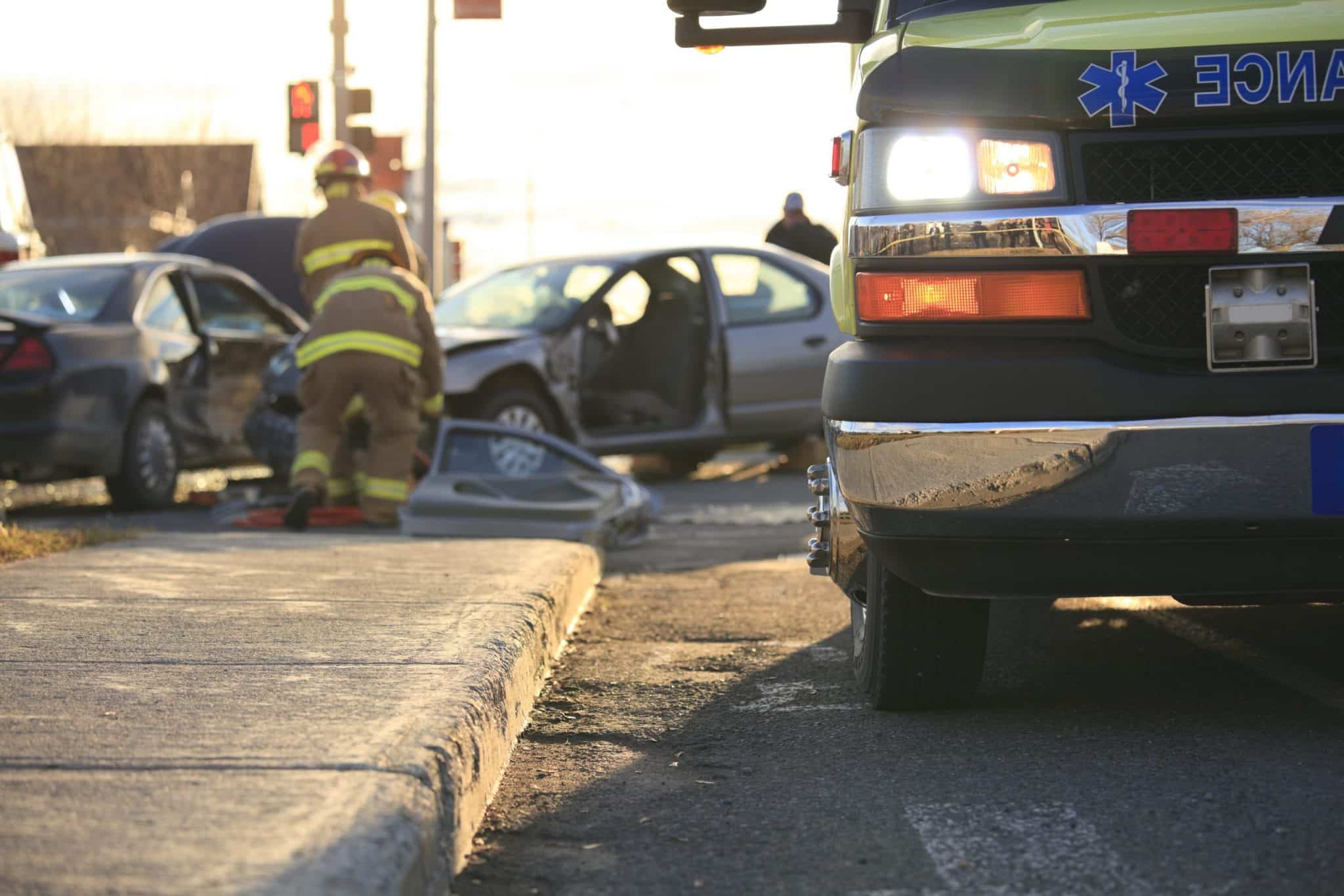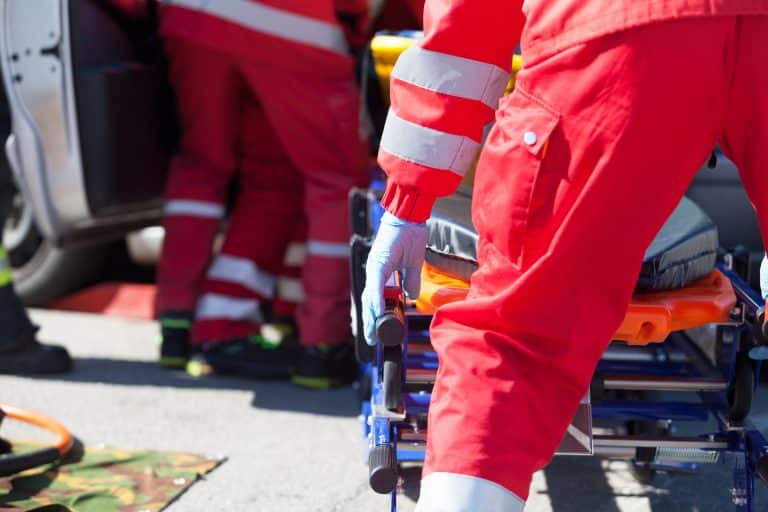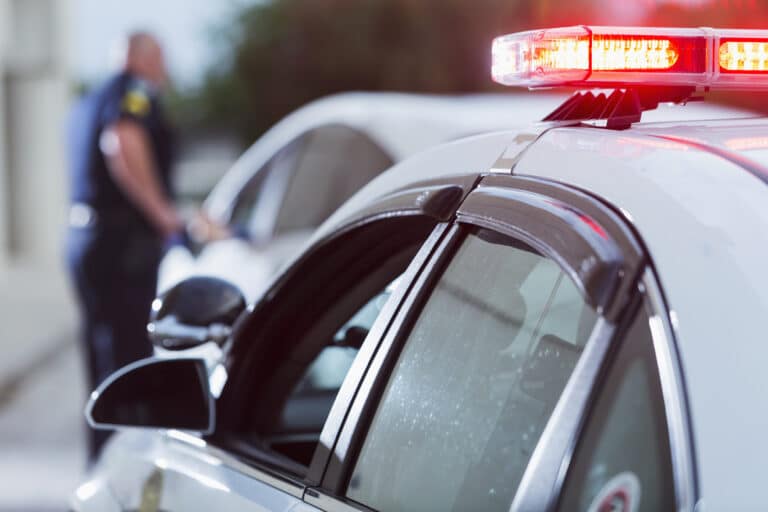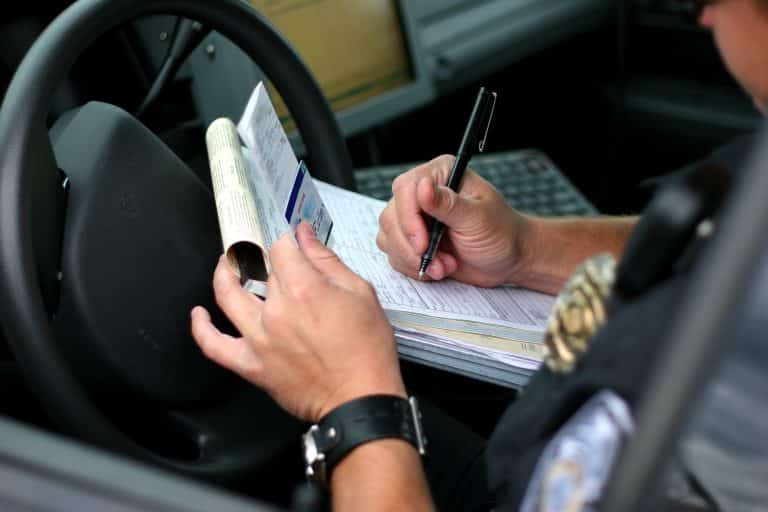There are a lot of factors that go into an accident report, and which ultimately are used to determine who is at fault. A lot of times, the damage tells us some of the details, such as the direction the vehicles are traveling and the rate of speed.
Damage will always show the point of impact, whether it’s the front, back, or sides.
But this doesn’t always tell us who is at fault. That will require a full investigation, including statements from the drivers, as well as passengers, possible witnesses, and even observations about the road and road conditions.
What follows is a breakdown of what can and cannot be understood from damage alone.
Rear-end Accidents
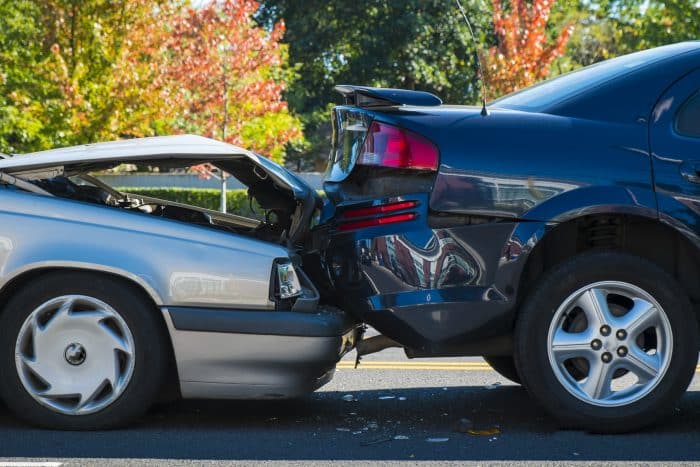
When a driver is rear-ended, one vehicle could have damage on the hood, front bumper, headlights, etc., while the other could suffer trunk displacement and more. These accidents can happen when the lead driver stops short, or the driver following is too close (or both). In rare instances, the lead driver might have reversed, unaware that a person or vehicle is behind him.
While the kind of damage is similar regardless, the severity of the damage can speak to the difference in speed between the lead and rear vehicle at the moment of impact. But even that doesn’t necessarily say if one was speeding or tailgating.
Skid marks might say if one driver stopped short but it is up to the officer to figure out why, and if that is reason to assign fault.
Overtaking/Sideswipe

When it comes to overtaking, you’ll see damage on one side of each vehicle. They’ll be scraped up or have a large scratch mark. That means one driver went into another driver’s lane. Sometimes tires will be punctured or mirrors will come off.
Since the damage is similar to both vehicles, again you have to listen to both sides to determine who is at fault. If it isn’t clear who is at fault, you have to write that down. The police report will say, “Operator 1 said this, and Operator 2 said that.” And then the report must state that fault could not be determined.
Signs of Speed
When speed is a factor in an accident, the severity of the damage is a big clue. The faster a vehicle is traveling, the more force it will have upon impact. A driver that strikes another vehicle at a high rate of speed is going to cause more damage than one that is traveling at the appropriate speed limit, especially on New York City streets.
Whenever a car flips or lands on its side, that can indicate the operator was speeding. That happens often in the five boroughs, despite most of the roads having 25 mph limits. When a driver is on a straightaway and knows the roads, sometimes he or she will gun it, and that can cause an accident.
The level of injury can also give us a clue as to whether one of the drivers was speeding (although it won’t always tell us who). High-speed accidents can result in broken bones and other serious injuries.
Right of Way
Damage alone won’t tell us who had the right of way. If two vehicles enter an intersection and each thinks he or she has the right of way, it can cause a T-bone or head-to-head accident. An accident where the vehicle is struck on the side but had the right of way can look very similar to a vehicle one where the vehicle did not.
Severity again is the biggest indicator. Serious damage will tell me might indicate if someone blew a stop sign. For example, at a four-way stop, if both drivers are starting from a stop and then collide, the damage will be minor. But if someone is struck hard enough to suffer serious injuries and one or both vehicles have major damage, this indicates that someone did not slow down.
An Unusual Case
One accident that stood out to me involved a car that was struck on the bumper at a right angle. One vehicle was going east and one was going west. The vehicle heading east made a left turn and struck the westbound car, which continued straight. The bumper of the struck car came right off. The vehicle that had turned had no damage.
The cars pulled over to the side of the road. When I arrived, the driver who had turned said, “There’s no damage to my vehicle, how could I have hit the bumper?” His claim was that the other driver had hit a bump in the road and that caused the bumper to fall off. However, I could not see any kind of bump or pothole in that area.
What I determined was that the vehicle that had turned had hit the bumper with absolute precision. The screw on the front of his license plate clipped the back bumper and ripped it right off without damaging the license plate. Through sheer luck, there was no damage to the other person’s bumper.
Putting it All Together
Most accidents are caused by one motorist either not being attentive, speeding, disobeying traffic signals or signs, and even being inebriated. Damage is just one piece of a complex puzzle when it comes to a serious car accident. It can paint a picture of the events leading up to the collision, but the final decision as to who is at fault typically requires much more information. The officer must also factor in road conditions and any observations from the scene (e.g. was the stop sign obscured?). Statements from the drivers, any passengers who were involved, as well as witnesses will all be taken into account.
In addition to the police, the insurance company will perform its own review and investigation into an accident, which will include the police report and all of the facts included. And if a personal injury lawsuit is filed, attorneys for both parties will generally perform separate investigations, which can include more in-depth interviews and statements, photographs, possible video evidence, and more.
